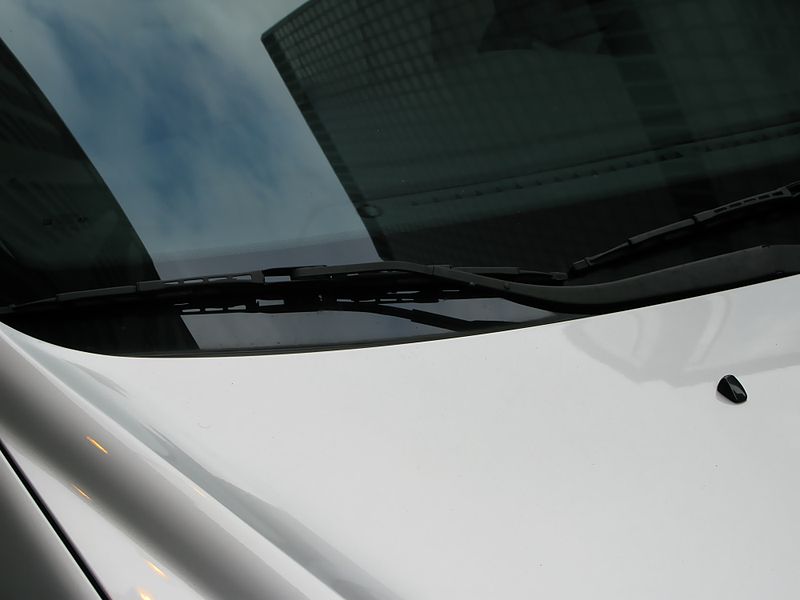 Looking into the future of AR technology shows possibilities in the automotive sector.
Looking into the future of AR technology shows possibilities in the automotive sector.
Though augmented reality has been making its mark in many different areas, such as in glasses, video games, publishing, and advertising, the automotive sector has been drawing a great deal of attention in terms of this cutting edge technology as it has been suggested as a convenience and safety tool.
The way that it would be applied in this industry would be to work the technology into windshields.
People have been speculating for some time now about the benefits of augmented reality windshields in vehicles. In 2004, BMW recognized the benefit of placing driving related information right in the line of sight of the driver by introducing the first color Head-Up Display (HUD). That same automotive manufacturer started work in 2011 on HUD acquiring a functionality that is “Contact Analogue”, which would allow a virtual marking to be superimposed over various real world objects in the view of the driver. This opens up the potential for displaying safety and navigation information right on the “screen” of the windshield.
It is precisely this type of feature that could be provided through a windshield with augmented reality.
An augmented reality windshield provides warnings of potential hazards, driving directions, and other relevant information in a way that the driver would never have to take his or her eyes off the road in order to see it.
The automotive industry has been embracing high tech solutions for years and as the release of the driver-free car draws ever nearer, the technological innovations become increasingly dazzling. A feature such as an augmented reality windshield would fit right in with other offerings that are already available, such as active park assist, attention assist (a drowsiness detector for drivers), active cruise control radar, collision warning with full auto brake, active city safety, and pedestrian detection, not to mention blind spot obstacle detection and Bluetooth.
These systems, and potential augmented reality features that can offer tremendous increases in the efficiency, safety, comfort, and convenience of the driving experience and traveling by car regardless of whether it’s in the city in a familiar area, or traveling across the country on unknown adventures.
 Today’s businesses must not only go mobile, but must do it while keeping up with other trends.
Today’s businesses must not only go mobile, but must do it while keeping up with other trends.
Shopping via mobile commerce is undergoing exponential growth, and as smartphones become increasingly popular and customer awareness of how to take part in the many different forms of the sector – from information to discounts to purchasing – it is only expected to skyrocket further.
eBay and Nielsen have each released the retail trends that start with smartphones and work outward.
The latest eBay Online Business Index (OBI) has shown that approximately half of all of the participating businesses had stated that they would be optimizing their online content for mcommerce. Nearly another quarter – 24 percent – stated that they would be developing a site meant specifically for mobile, while over 20 percent said that they would be creating an app.
The reason is that consumers want to be able to interact with their favorite companies through mobile commerce.
The most recent annual Nielsen Retail and Shopper Trends Report identified a wide list of trends that represent the way that the marketplace is shifting. Top among them is mcommerce, but it is clear that many of the other trends are closely linked to this sector and must be woven into its strategies.
Among these trends are the following:
• Mcommerce – this holds the top spot because its growth and hype is simply unmatched. It is a trend that is acting like a craze, as consumers find themselves equipped with everything they need once they purchase a smartphone. eBay, itself, just experienced its 100 millionth download of its app, and has now recorded 100 million mobile listings.
• Private labels sliding – Nielsen’s report showed that there has been a slip of 0.7 percent in the overall penetration of private labels. This is especially true in the grocery sector. Branded products emphasis by top retailers has been a primary driver in this trend. It shows that price wars are fierce and that shoppers are looking for the best deal and not necessarily the store they used to automatically choose. Mcommerce can benefit greatly by this knowledge, as can those who are marketing over mobile channels.
• Price importance – the latest report from Nielsen showed that the awareness of price among shoppers has risen significantly. Two years ago, fewer than 50 percent of consumers felt that they felt confident that they knew the prices of the products that they purchased the most frequently. This leapt to 60 percent this year. Price is a key factor in purchasing decisions, particularly with the movement away from private labels. As mobile commerce is a sphere where a consumer can comparison shop among dozens, if not hundreds of different shops for the same or a similar product, prices must be competitive and easy to obtain, while value must be clearly demonstrated.
 Looking into the future of AR technology shows possibilities in the automotive sector.
Looking into the future of AR technology shows possibilities in the automotive sector.
 Today’s businesses must not only go mobile, but must do it while keeping up with other trends.
Today’s businesses must not only go mobile, but must do it while keeping up with other trends.